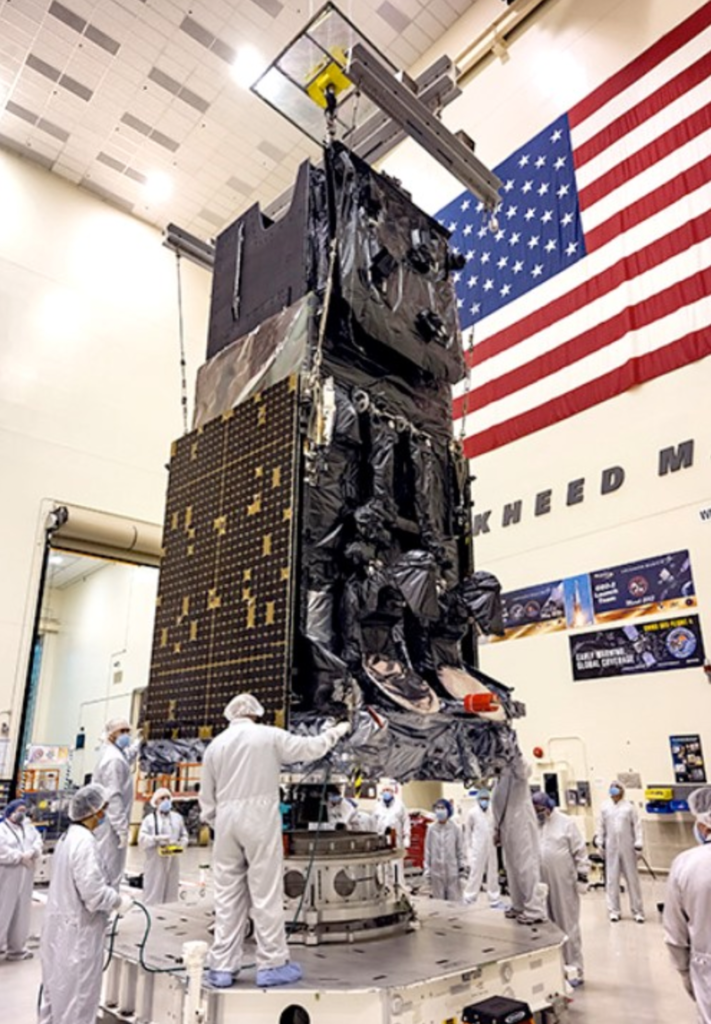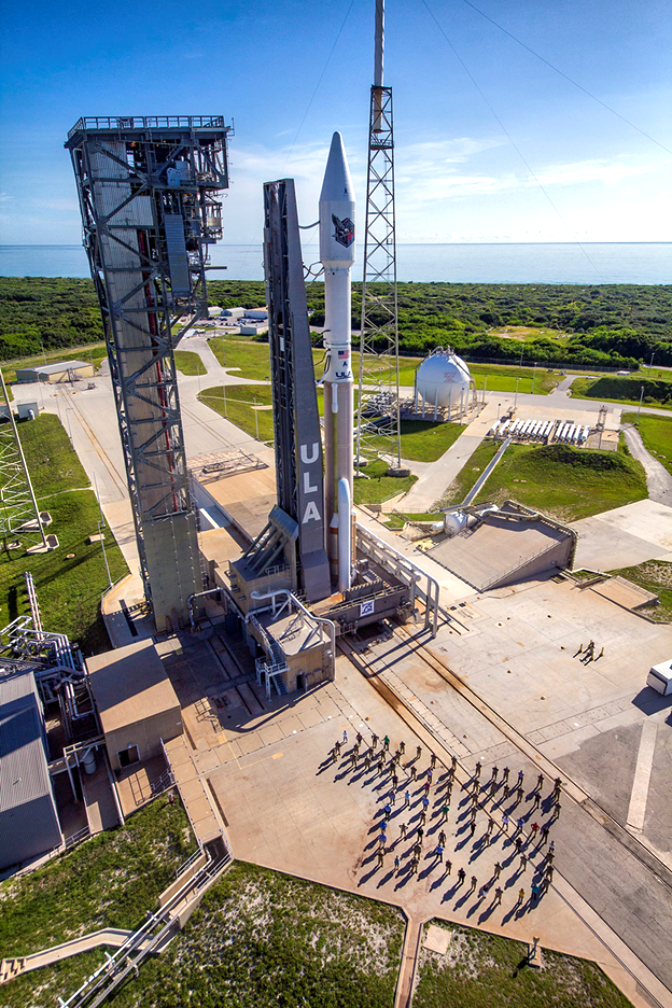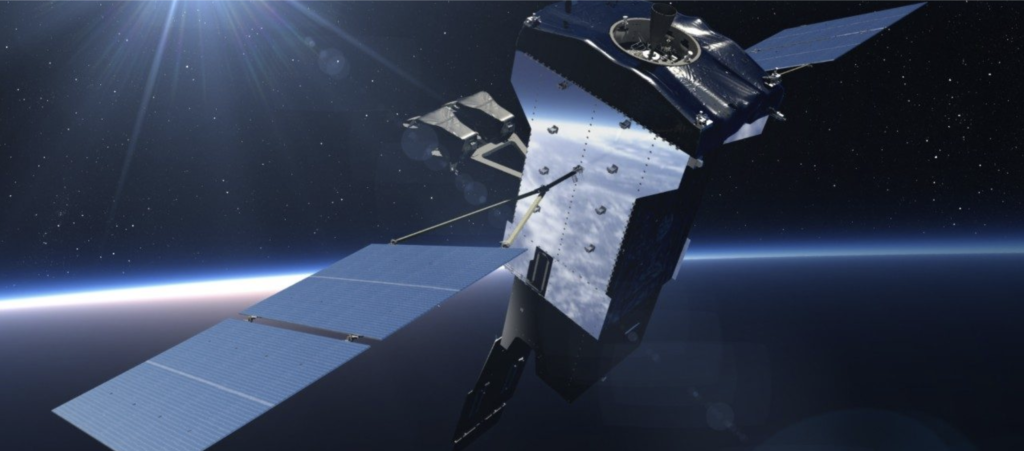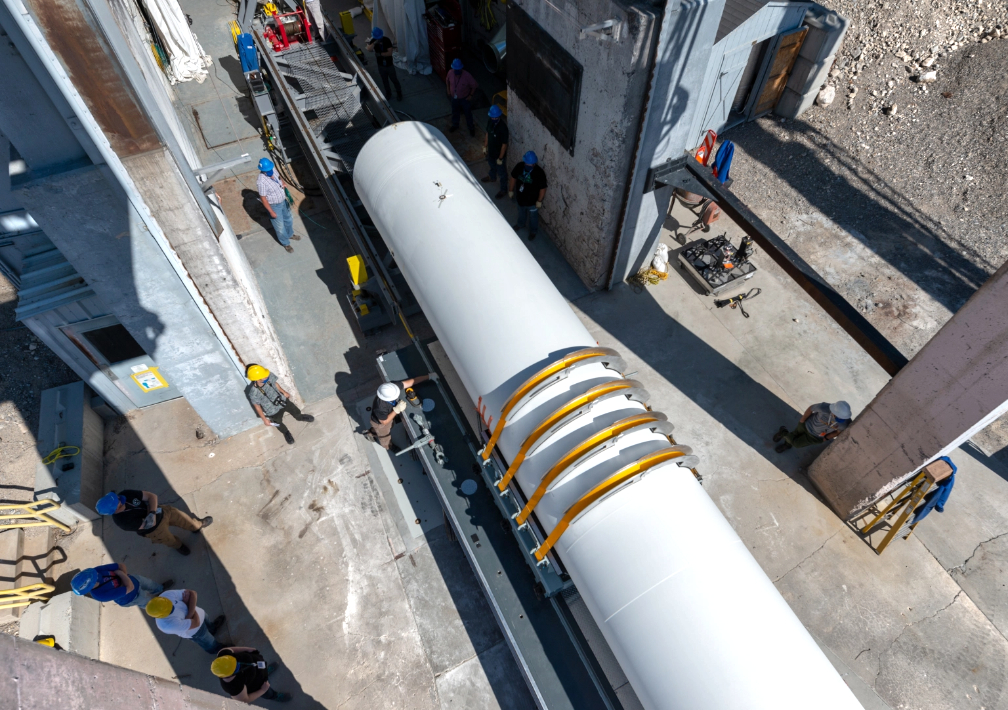
A United Launch Alliance (ULA) Atlas V rocket carrying the Space Based Infrared System Geosynchronous Earth Orbit-6 (SBIRS GEO 6) mission for the U.S. Space Force’s Space Systems Command lifted off on August 4that 6:29 a.m. EDT from Space Launch Complex-41 at Cape Canaveral Space Force Station — to date, ULA has launched 152 times with 100 percent mission success.

“Thank you to our U.S. Space Force and industry partners for their outstanding teamwork in successfully delivering the sixth and final SBIRS satellite to orbit,” said Gary Wentz, ULA vice president of Government and Commercial Programs. “We are proud of our role in supporting the warfighter by launching the entire SBIRS satellite constellation, a critical constellation of missile warning satellites that expands the U.S. military’s situational awareness on the battlefield and beyond. This launch marked ULA’s 95th U.S. National Space Security launch. As the Air Force is gearing up to celebrate its 75th anniversary, we are honored to have been entrusted to deliver the vast majority of our nation’s critical assets to orbit. Our customer’s missions are vital to ensuring the safety of our women and men in harm’s way serving our country.”

SSC adds the following regarding the launch…
The SBIRS program delivers timely, reliable, and accurate missile-warning and infrared surveillance information to the president, secretary of defense, combatant commanders, the intelligence community, and other key decision makers. The system enhances global missile launch detection capability, supports the nation’s ballistic missile defense system, expands the country’s technical intelligence gathering capacity, and bolsters domain awareness for warfighters on the battlefield.
The launch was in line with the U.S. Air Force — this armed force is getting ready to celebrate their 75th anniversary next month.
“SBIRS GEO-6’s successful launch is a great achievement for the entire team and nation,” said Col. Brian Denaro, program executive officer for Space Sensing at SSC. “Our near-peer competitors continue to develop missile technology that is faster-burning and dimmer, as well as harder to detect. The U.S. Space Force’s SBIRS constellation provides the world’s most advanced capability to detect missile launches earlier and track these threats more accurately.”
“Now, more than ever, we must focus our collective efforts to ensure each National Security Space Launch (NSSL) is successful,” said Mr. John Steinmeyer, SBIRS GEO-6 mission director and executive director, SSC’s Assured Access to Space Directorate. “It’s the best way to stay ahead of our adversaries in the near term. I’m extremely proud of the accomplishments of this team, which marks not only the successful SBIRS GEO-6 launch, but completion of the SBIRS constellation.”

SSC adds the following regarding the launch and the mission…
Working in partnership with prime contractor Lockheed Martin, Northrop Grumman designed and built the mission payload, which is equipped with powerful scanning and staring infrared surveillance sensors that launched today aboard a United Launch Alliance Atlas V. SBIRS GEO-6 joins the U.S. Space Force’s constellation of satellites in support of the missile warning, missile defense, battlespace awareness and technical intelligence areas.

In addition to the mission payload, Northrop Grumman provided propulsion, key composite structures and other critical components on the Atlas V launch vehicle.

Two, Northrop Grumman, 63-inch diameter, Graphite Epoxy Motors (GEM 63) solid rocket boosters provided additional thrust at launch to enhance the lift capability of the Atlas V launch vehicle and support the rocket’s ability to place payloads in desired orbits.

“Northrop Grumman’s payloads and components provide the military with critical missile warning capabilities for our warfighters and allies,” said Aaron Dann, vice president, Strategic Force Programs, Northrop Grumman. “The launch of SBIRS GEO-6 marks the end of a proud legacy on this program, one that involved Northrop Grumman from the very first mission in 2011, and demonstrates our continued leadership in support of missile tracking and defense architecture.”
